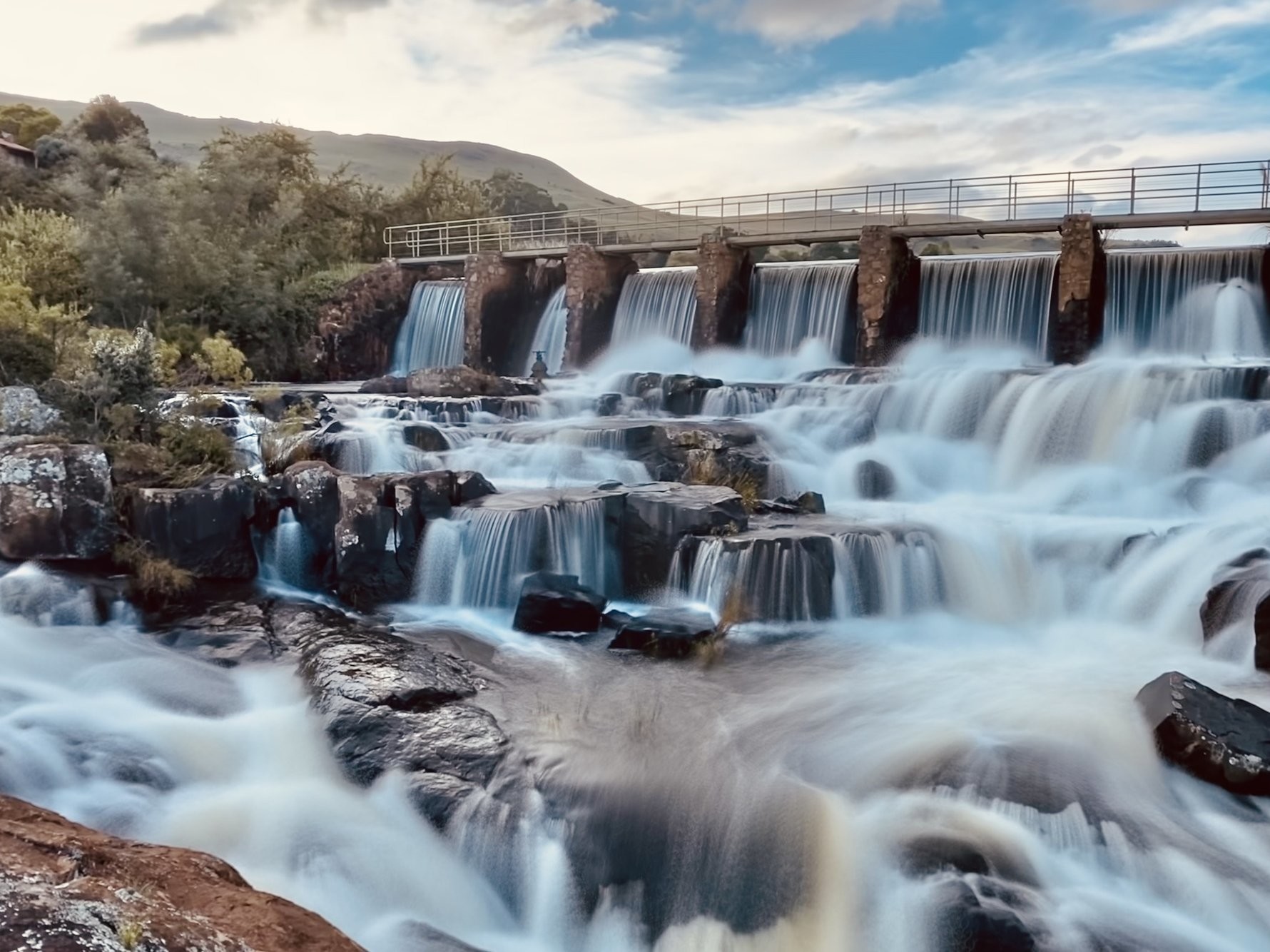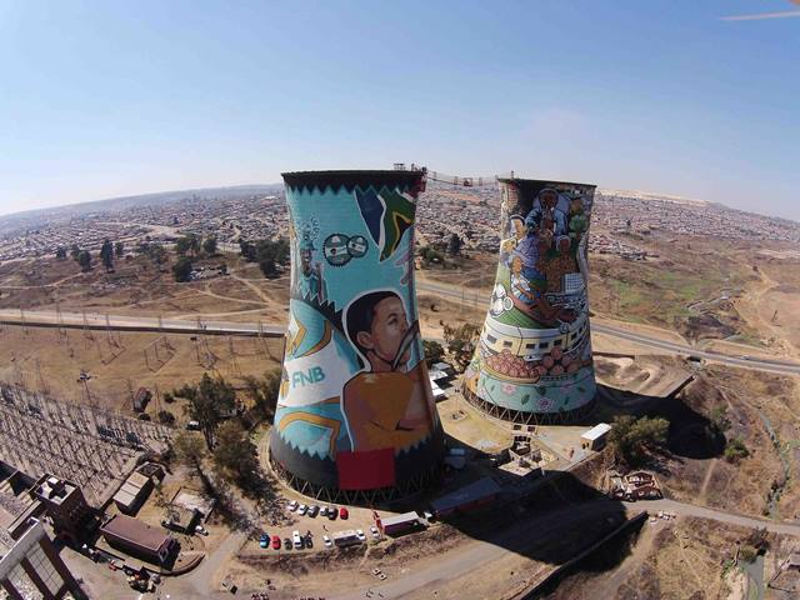Some Known Facts About Johannesburg North Attractions.
Table of ContentsThe Best Strategy To Use For Johannesburg North AttractionsJohannesburg North Attractions Can Be Fun For AnyoneNot known Incorrect Statements About Johannesburg North Attractions The Ultimate Guide To Johannesburg North AttractionsSome Of Johannesburg North AttractionsAn Unbiased View of Johannesburg North AttractionsNot known Facts About Johannesburg North Attractions
You must keep security in mind and tourists must remain sharp at all times when in unfamiliar surroundings. Speak to the citizens when you are in community to learn about the area you are staying in. Johannesburg North attractions. When on the road (this doesn't relate to buying malls and various other protected settings) finest basic guidance is to try your best to appear like a local and to prevent displaying any type of form of wealth
Getting My Johannesburg North Attractions To Work
Teacher Revil Mason O. J. (Thomson, 1946) checked out the Witwatersrand's pre-colonial history. His historical work exploded the 'em pty land' myth, according to which the area was without human habitation before the arrival of European inhabitants. In his publications Prehistory of the Transvaal: A Record of Human Activity (1962) and Origins of Black Individuals of Johannesburg and the Southern Western Central Transvaal AD 3501880 (1986 ), Professor Mason showed the level of social and financial growth in the area before Europeans set foot here.

What Does Johannesburg North Attractions Do?
In 1878, David Wardrop found gold in quartz blood vessels at Zwartkop, north of Krugersdorp. In 1881, Stephanus Minnaar came throughout gold on the farm Kromdraai, near the Cradle of Mankind.
In March 1886, a protrusion (soon to be called the Main Coral reef) was found, quite fortunately, on Gerhardus Oosthuizen's ranch Langlaagte. Some say that the Lancastrian coal miner George Pedestrian discovered this reef. One more itinerant English miner, George Harrison (that had actually formerly functioned in Australian mines) acquired a prospecting licence in respect of Langlaagte in Might 1886.
He made a decision to move on in a pursuit for greener fields, and disposed of his Langlaagte case for the princely amount of 10. Alas: beneath lay the Going Here richest goldfield ever before discovered. The discovery of this abundant auriferous reef provoked a gold rush that signalled the end of site link bucolic tranquillity in the southerly Transvaal.
It would, within six years, end up being the largest community in southern Africa. Within a decade, it would make the Z. A. R. up until after that an anarchical and insolvent little state the most affluent country in Africa. By the turn of the century, the Z. A. R. was to exceed Russia, Australia and the United States of America to become the globe's leading gold producer, producing more than a quarter of the globe's gold.
A Biased View of Johannesburg North Attractions
It was understood as Ferreira's Camp, named after Colonel Ignatius Ferreira. He was a Boer adventurer upon whom the British authorities had actually presented the condition of Friend of one of the most Distinguished Order of St Michael and St George (entitling him to the post-nominal letters C. M. G.) in gratitude for his role in the battle that had actually deposed the Pedi king Sekhukhune in 1879.
Two other camps were developed: Meyer's Camp on the farm Doornfontein, and Paarl Camp. The latter was nicknamed Afrikander Camp; pop over here many individuals from the Cape Colony worked out there.

The smart Trick of Johannesburg North Attractions That Nobody is Discussing
This name got currency by word of mouth, such that the State Assistant verified the name to the Mining Commissioner on 9 October 1886. Stands in the town were auctioned on 8 December 1886. While some stands were cost 10, others were torn down for as little as sixpence.
2 years later, these erven were to alter hands for as high as 750 each. The tented camps dwindled as a dorp of corrugated iron buildings established and increased north of the mines situated along the Main Reef Road. Locations such as Jeppe's Town (where working-class immigrants erected their residences) and Doornfontein (where the upscale new 'Randlords' started to create their opulent homes) were quickly included in the ever-expanding map of the town.
3 Simple Techniques For Johannesburg North Attractions
Apart from the street names, there were no signs of Johannesburg being positioned in a Dutch-speaking nation., virtually every person talked English and even the Government servants addressed one in English, unless they were first addressed in the Taal (or Reduced Dutch)'.
Britain had a rate of interest in ensuring optimal conditions for gold production on the Witwatersrand, and that the gold was exported to London rather than Berlin an important rendered all the a lot more clamant by the Z. A. R.'s enhancing toenadering with Germany. Mine owners got on an accident training course with Head of state Kruger, whose plan of monopolistic concessions (frequently granted to his cronies) prevented mining firms from procuring supplies of products (especially dynamite) and work by themselves, less costly terms
The smart Trick of Johannesburg North Attractions That Nobody is Talking About
In 1890, the Volksraad had actually limited the franchise to white males who had resided in the Z. A. R. for fourteen years or longer, therefore disqualifying the majority of the immigrants (who occurred to be the major contributors to the fiscus). Nevertheless, agitation for the vote was a plain pretext for advertising a various schedule; most uitlanders concerned themselves as temporary visitors and had no objective of remaining in the Z.